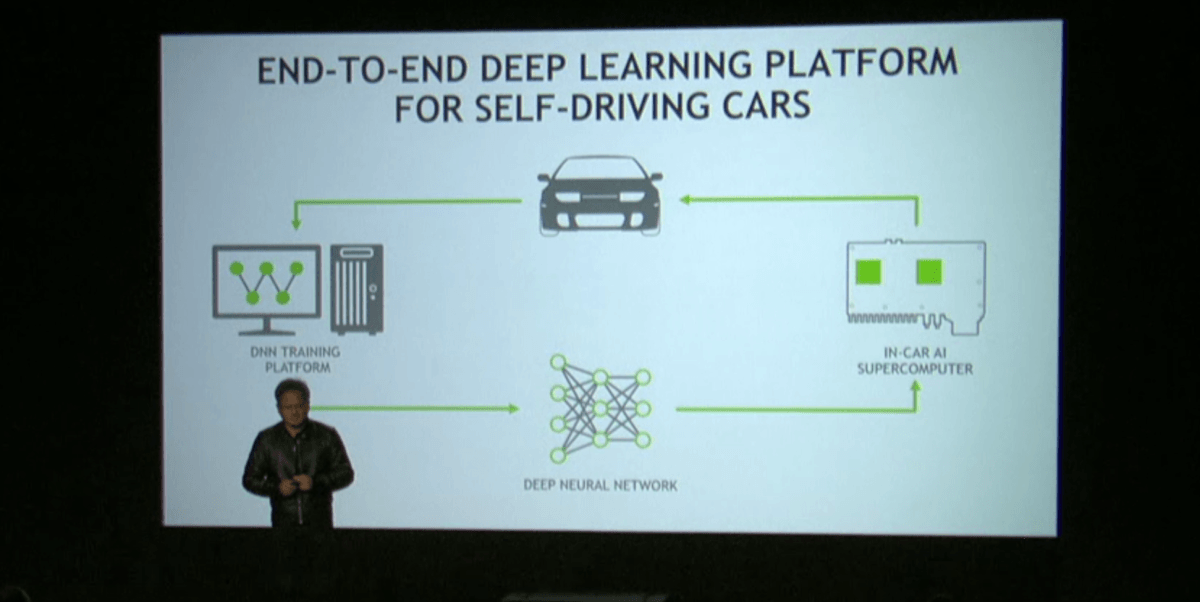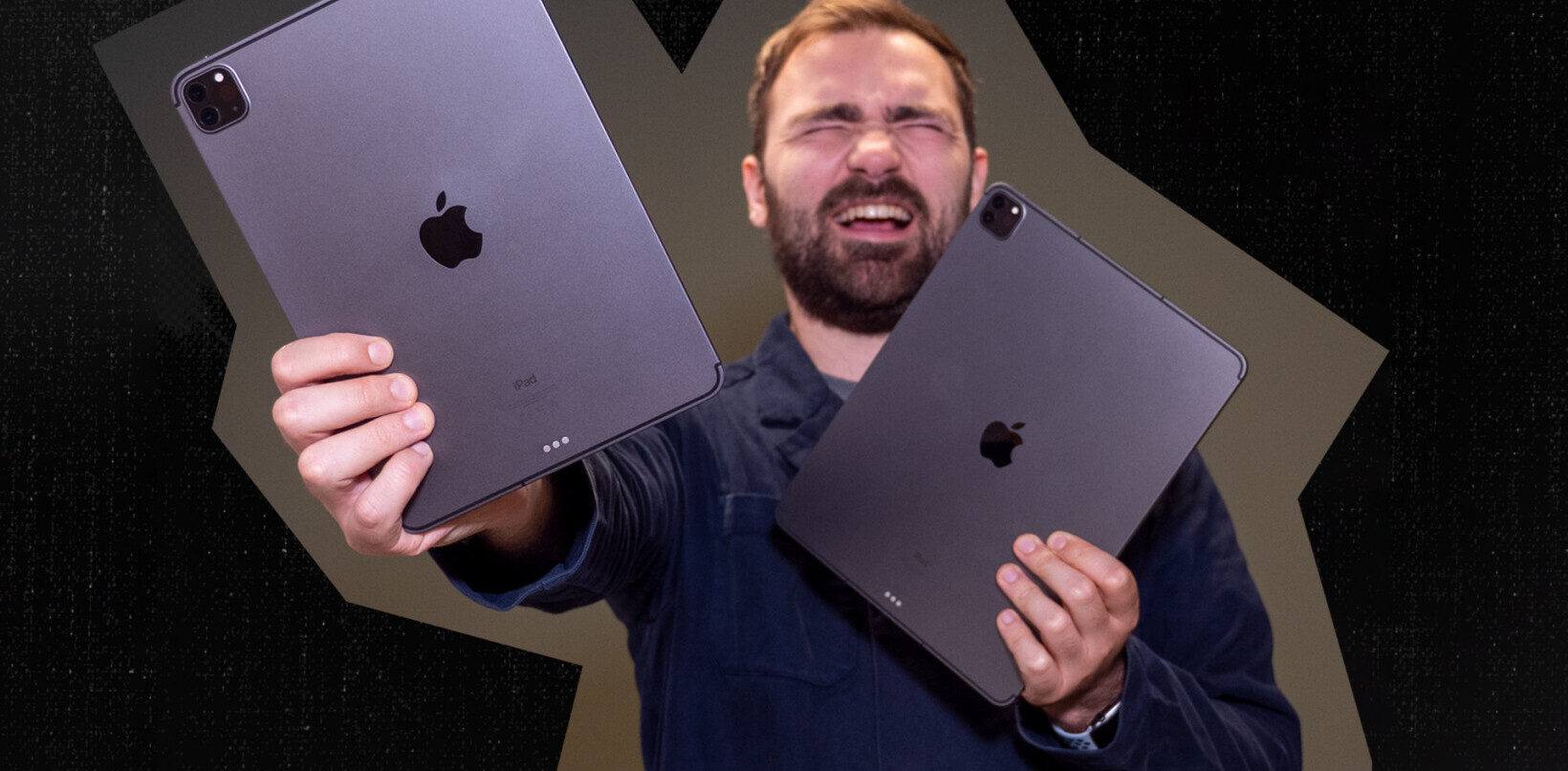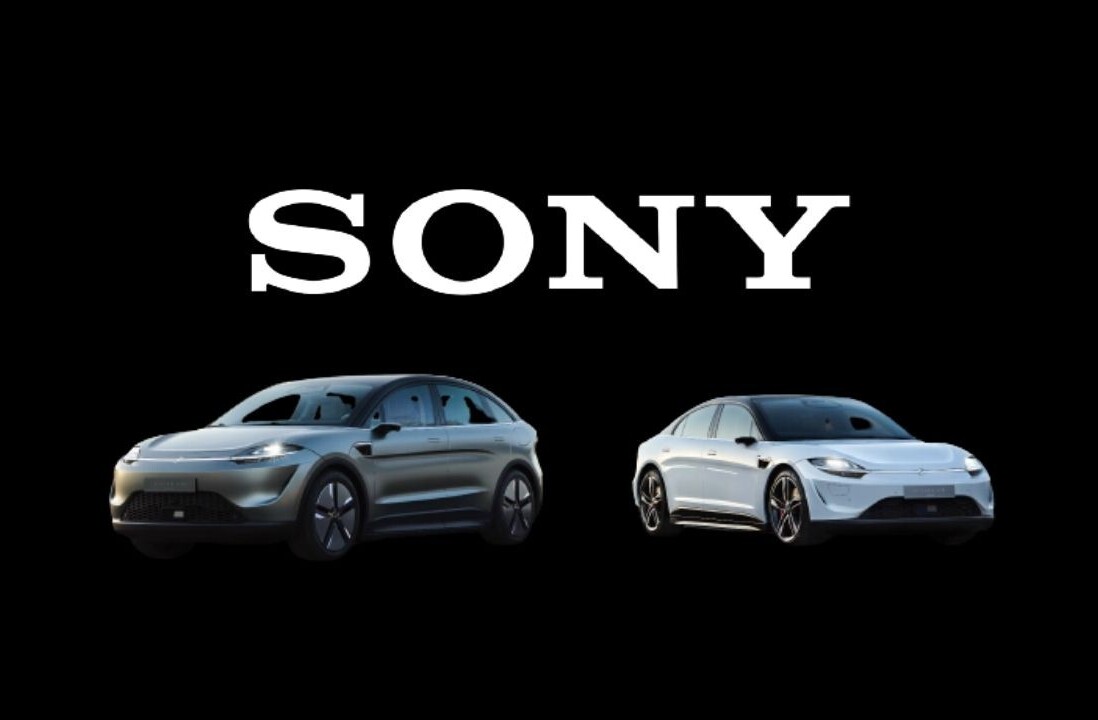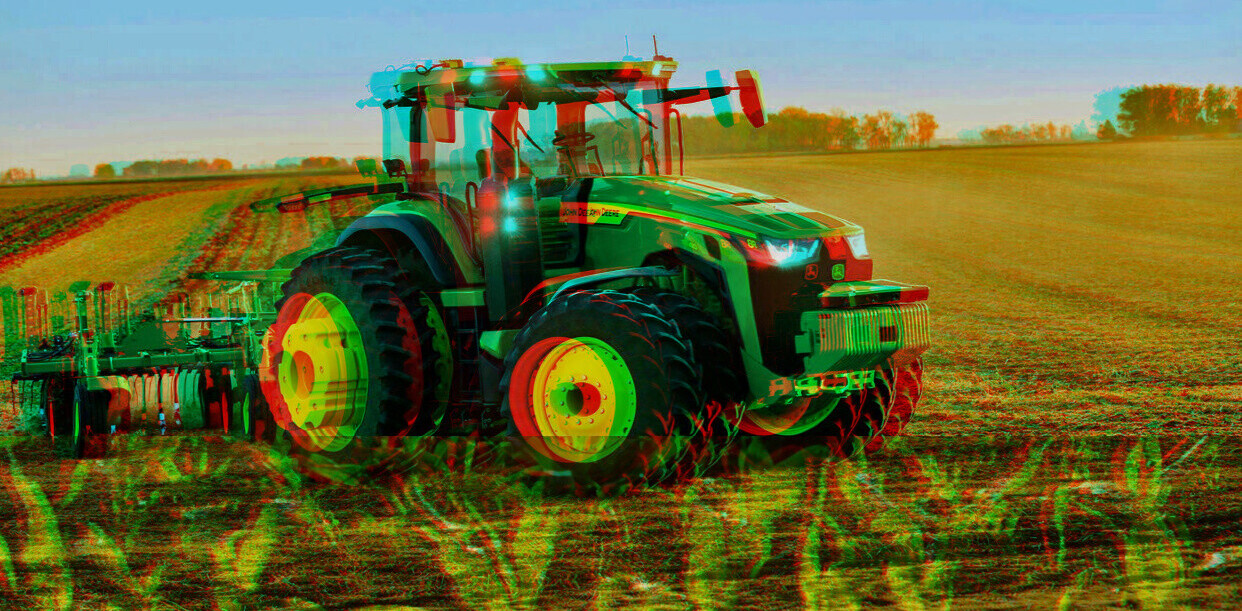
Nvidia took pretty much everyone by surprise when it announced it was getting into self-driving cars; it’s just not what you expect from a company that’s made its name off selling graphics cards for gamers.
At this year’s CES, it’s taking the focus on autonomous cars even further.
The company today announced the Nvidia Drive PX2. According to CEO Jen-Hsun Huang, it’s basically a supercomputer for your car. Hardware-wise, it’s made up of 12 CPU cores and four GPUs, all liquid-cooled. That amounts to about 8 teraflops of processing power, is as powerful as 6 Titan X graphics cards, and compares to ‘about 150 MacBook Pros’ for self-driving applications.
That’s a lot of apples.
But all that processing power is just one part of the story. The real brains of the operation is Nvidia’s extensive deep-learning network – called DriveNet – essentially a way for computers to teach themselves how to better recognize objects.

Demo videos showed off how the car could detect objects in real time, without relying on cloud processing. The demo was running at around 50fps on its most powerful consumer GPU – the PX2 will be several times more powerful than that.
Nvidia says the marriage of its GPUs and CUDA processing technology can accelerate deep-learning processes by 20 to 40 times. In other words, deep-learning training that once would have taken a month to process may now take just a day.
In one cool tidbit, Nvidia is also planning for an infotainment system that will show users a 3D analog of what the car sees. It doesn’t serve a real practical purpose for the autonomous driving process itself; rather, it’s meant to help riders feel more comfortable with the vehicle, by reflecting what the car sees with what the users can see in the real world.
The first company to implement Nvidia’s autonomous driving platform will be Volvo, with more to follow; Audi, Mercedez-Benz and Daimler are already testing the technology on custom versions of their own vehicles.
➤ Nvidia
Get the TNW newsletter
Get the most important tech news in your inbox each week.




